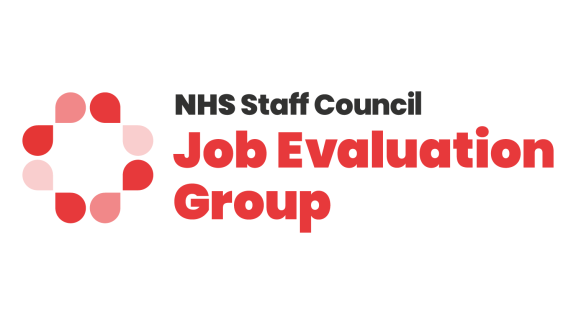National nursing and midwifery job profile review

Following a request made by the Royal College of Nursing (RCN) and the Royal College of Midwifes (RCM) to the NHS Staff Council, the NHS Job Evaluation Group undertook a review of the national job matching profiles for nursing and midwifery (band 4 and above). The purpose of this review was to ensure that the profiles accurately reflected current nursing and midwifery practice, training, and role development.
Update June 2025: updated national job matching profiles for nursing and midwifery
Following the NHS Staff Council's approval of the revised national job matching profiles for nursing and midwifery, the Job Evaluation Group (JEG) has today published the updated profiles for bands 4 and above.
To accompany the updated profiles, JEG have put together guidance for panelists to support their understanding and use of the updated profiles and a comparison document for organisations to track the evolution of the update.
The NHS Staff Council has also issued guidance to accompany the updated profiles which sets out its expectations for organisations on their local job evaluation practices.


